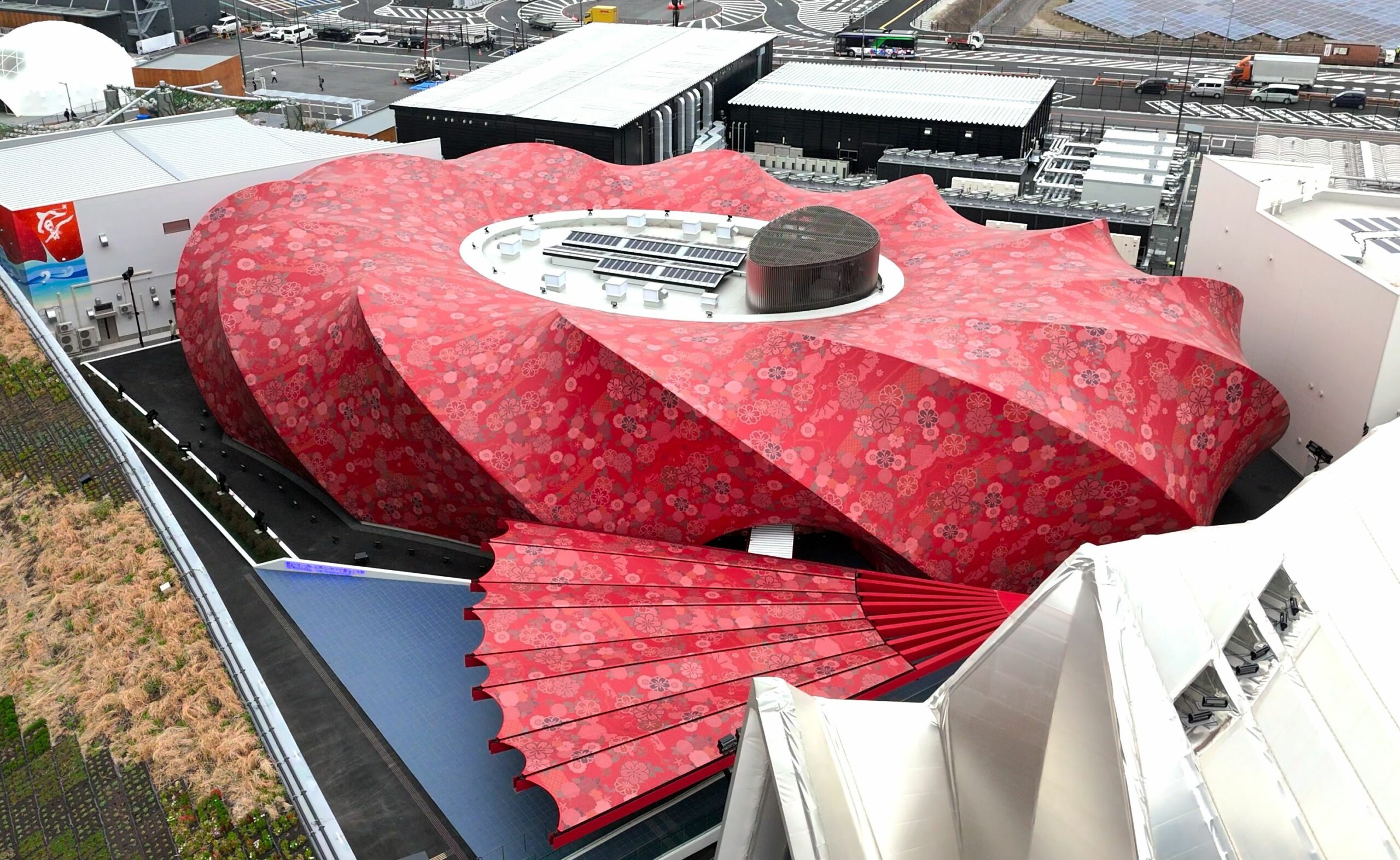
Walking through Sou Fujimoto’s magnificent Grand Ring at Expo 2025 Osaka, I watched my seven-year-old daughter’s eyes light up at each pavilion. Fujimoto’s Grand Ring is a true masterpiece that remained refreshingly cool and breezy even during the day’s scorching summer heat.
However, the sweltering heat highlighted a missed sustainability opportunity, seeing how long queues formed at the limited water refill stations, whilst vending machines and vendors continued selling plastic water bottles.
Aside from providing superb views over the entire Expo, the elevated skyway remarkably also offered water refill stations with no crowds. Every pavilion should have featured its own refill station: not just for visitor comfort, but as a powerful statement about reducing single-use plastics and combating climate change. For an Expo revolving around the theme Designing Future Society for Our Lives, this oversight felt particularly glaring.
Where travel inspiration evolves
A visit to Expo 2025 Osaka with my daughter became a profound lesson in how destinations can leverage global platforms to inspire high-yield travelers and tap into the powerful realm of passion tourism.
As someone who has spent over three decades studying how destinations can authentically connect with visitors, what I observed at Yumeshima Island offers invaluable insights for tourism professionals worldwide.
Granted, we need to recognize that while the national tourism board of the respective countries may have a role to play in their participation at Expo, it is usually other government agencies that lead the organization of their pavilions, focusing on investment.
While tourism is a priority sector for most countries, it might not be the only priority, as becomes apparent when looking at some of the official pavilion websites. Indeed, some countries do not have an official website for their Expo pavilions while some confusingly remain under maintenance or construction.
Paradoxical popularity or what the long queues really mean
Believe it or not, the length of an Expo pavilion’s queue is the most telling indicator of its tourism marketing success. It’s worth noting that most visitors are from Japan, followed by China; so, the China Pavilion welcomed nearly 90,000 visitors by late April. This demonstrates visitor demand that translates directly into destination appeal, effectively combining cultural heritage with technological innovation for diverse visitor segments.
The strategy of playing to a nation’s advantages
A strength-based strategic approach provides an excellent framework for analyzing which countries are maximizing their 2025 Expo presence for tourism impact. The pavilions drawing the longest queues demonstrate a clear understanding of their unique advantages.
Countries succeeding here have mastered identifying their unique strengths, connecting them to specific traveler aspirations, and curating experiences that inspire emotional connections. As we walked back through the Grand Ring at sunset, my daughter clutching her Expo passport filled with stamps, I realized we had witnessed the future of destination inspiration.
